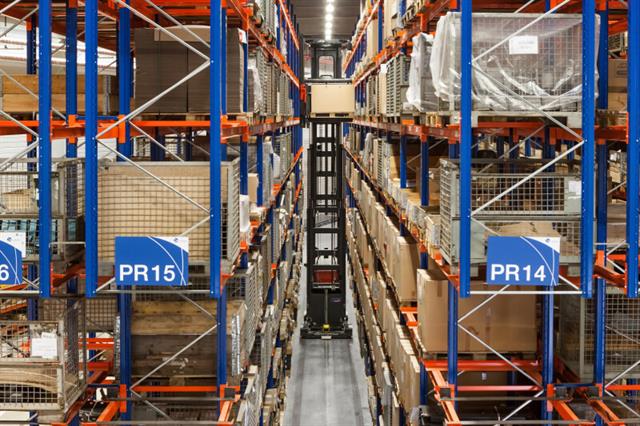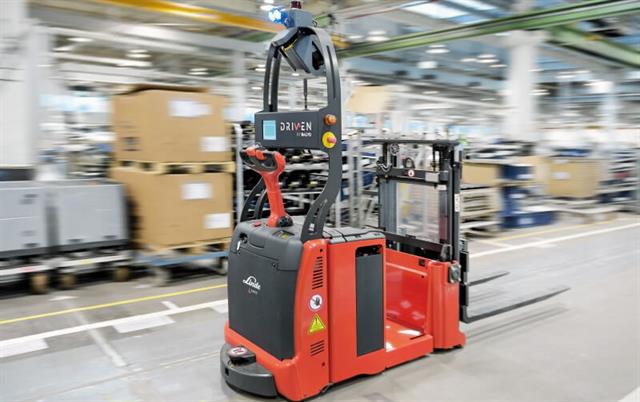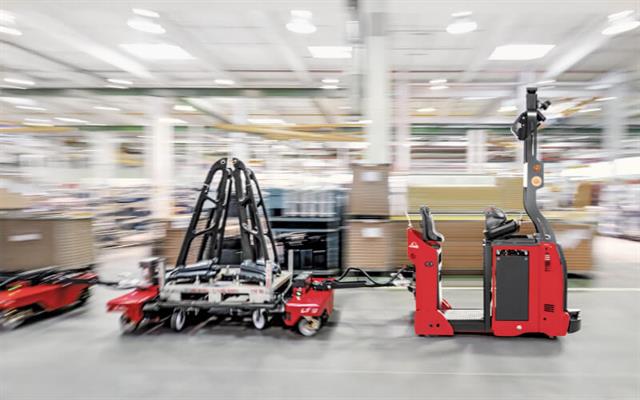In an age of mounting competitive pressures and an ever-greater lack of skilled staff, automation is frequently the best answer -...
![Linde (China) Forklift Truck Corp., Ltd.]()
In an age of mounting competitive pressures and an ever-greater lack of skilled staff, automation is frequently the best answer - especially when it comes to repetitive, simple or less ergonomic logistics tasks in warehouses. And there is more good news: Contrary to what is often assumed, automation does not necessarily entail huge capital outlay and science-fiction-esque warehouse environments. Many successful projects start off relatively small, with the introduction of just one or two devices - but with a big impact on efficiency. And this also applies to small and medium-sized enterprises.
![]()
When it comes to warehouse automation there is a solution for nearly every need: it could be automated guided vehicles for moving goods from one floor position to another, or between conveyor belts or production lines and floor positions. However, before the project implementation can be started, some important requirements must be met.
Same but different: brownfield versus greenfield
When warehouses are to be automated there are two different approaches who describe the initial situation and strategy and have significant consequences on the project. Green field and brown field are, respectively, about starting with a totally clean slate, or attempting to modify and modernize what you already have. With a green field approach, it means taking account of process automation from the very outset of warehouse planning. With a brown field project, automation must be implemented retrospectively, and integrated into the existing infrastructure. As a result, the latter must consider many more factors, and this can place constraints on the scope of automation. With the former, with a new warehouse to be built from scratch, there is much more latitude in terms of design and planning.
In the case of an existing site project, intralogistics processes have developed historically, and cannot be mapped one-to-one by automated solutions. Therefore, in almost every case changes within the framework of existing processes are required. Another part of the issue is that existing manual processes are very flexible - they even work on demand. Customers who work with automated solutions instead must act in clearly defined ways and with a continuous process in place.
![]()
![]()
Make employees embrace automation
Another important prerequisite is a positive attitude towards automation. Stakeholders in the company, from directors, logistics managers and occupational safety staff to affected employees, need to become comfortable with a completely new set-up. The deployment of AGVs means the onboarding of "new co-workers" who have to be integrated into legacy environments, and who need space - both physical, e.g. between racking and aisles, and mentally, in terms of headspace, amongst human staff.
But even if everyone is open-minded towards automation analysis at the customer site might lead the experts from Linde Material Handling (Linde MH) to recommend the customer to stay with a manual operation because automation economically does not make sense for them. In this case it is often more beneficial to just reorganise manual processes to gain greater efficiency and productivity. Only if Return on Investment (ROI), Total Cost of Ownership (TCO), operational costs and other entrepreneurial arguments are making the decision strong enough, all sign for automation are set on go. Another proven way to give decision makers comfort is by a combination of visualisation and references. Sometimes a decision is also driven by other criteria which a company is focusing on, e.g. sustainability or driven by a specific situation, e.g. personnel shortage in the surrounding area.










 粤公网安备 44010602003952号
粤公网安备 44010602003952号